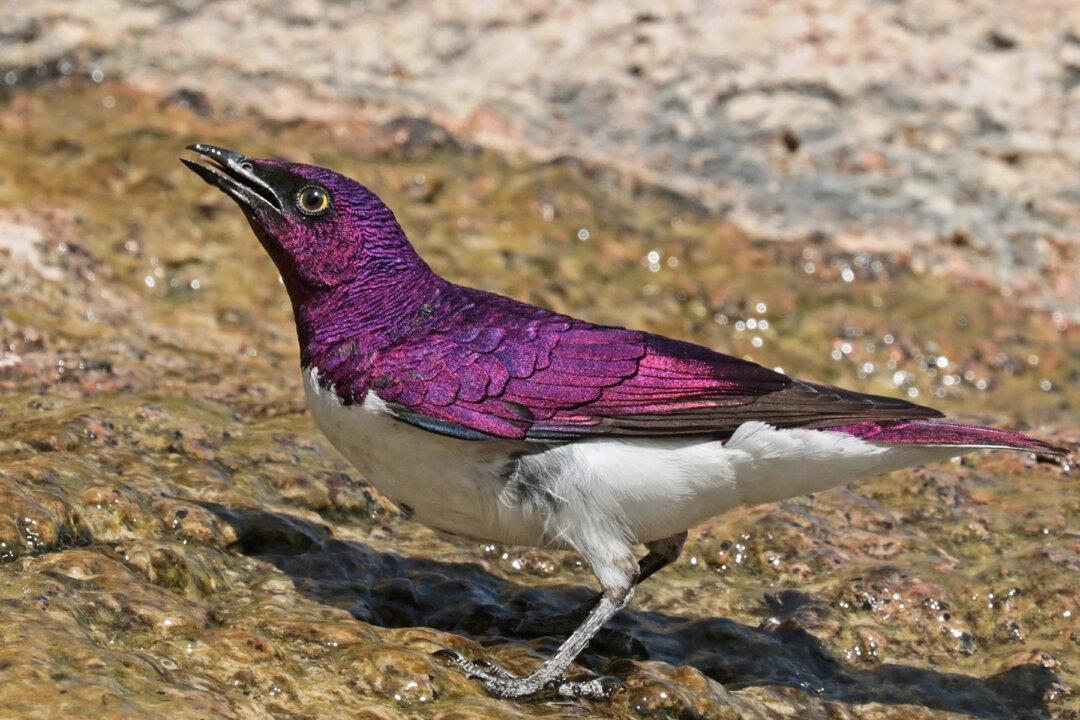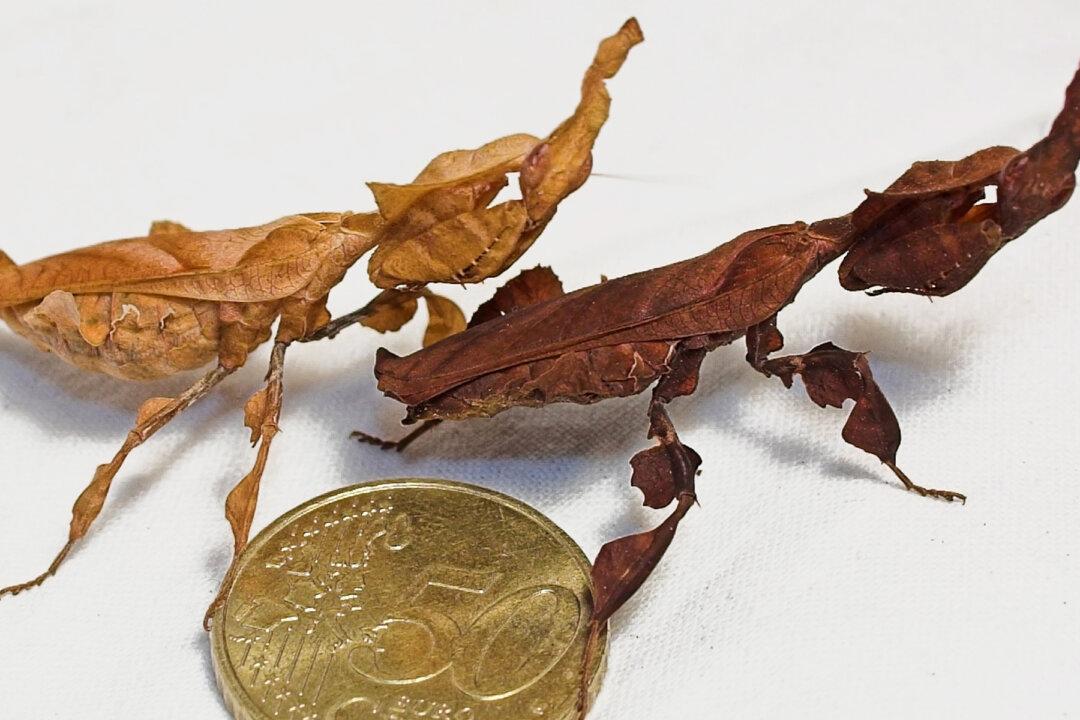American birdwatchers may know the European starling (Sturnus vulgaris) as a decent-looking bird at best, with its glossy metallic plumage, but they might never have imagined just how utterly spectacular one of its African cousins is.
The violet-backed starling (Cinnyricinclus leucogaster), also known as the amethyst or plum-colored starling, looks and lives worlds away from its Euro-American counterpart. Dwelling in the woodlands and savannas of Sub-Saharan Africa, this unique bird does resemble the purple gemstone after which it is named.





